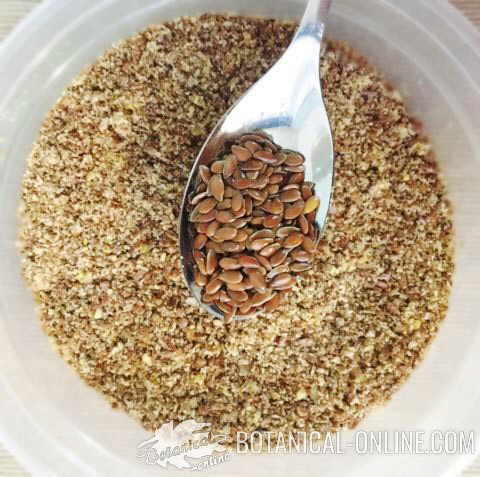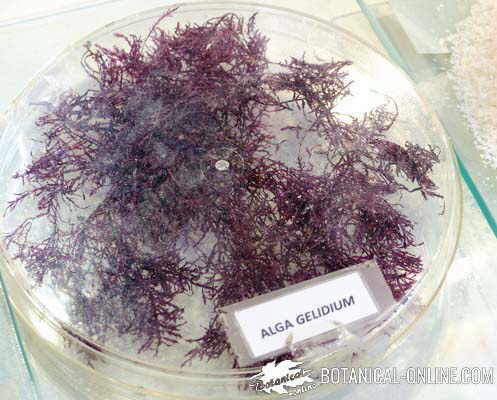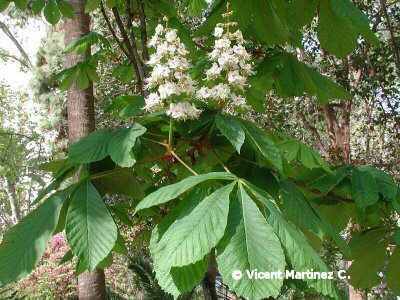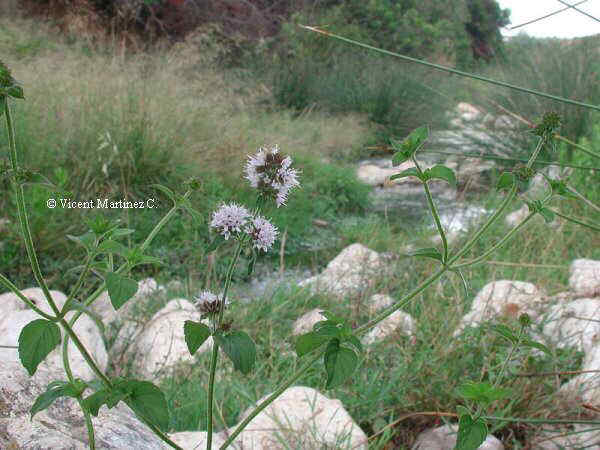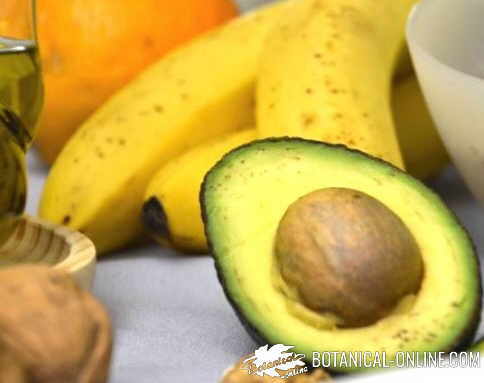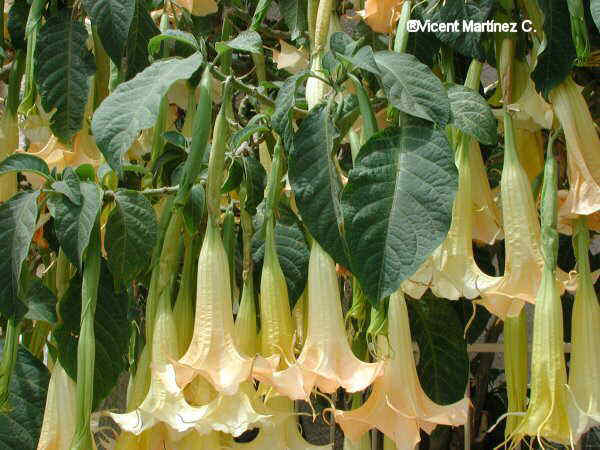Contents
What is a sarsaparilla?
Common English name: Mediterranean smilax, Common smilax, Sarsaparrilla, Salsaparrilla, parilla-vine, Spanish zarza-srub, Spanish zarza-bramble, Rough smilax.
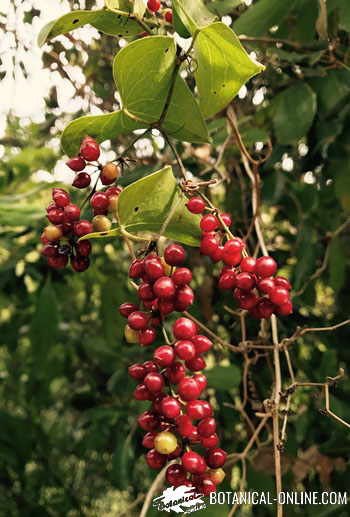
Origin of the name sarsaparilla: “Zarzaparrilla” is a parasynthetic word formed by the lexemes “sarza (“Zarza” in Spanish means “bramble”) + parr ( Parra is Spanish and means “grapevine” . Besides it contains the diminutive suffix “illa”. Thus, literally, it would mean “bramble in the form of a small vine”. The name is due to the similarity of the fruits with the grapes and the fact that it is a climbing vine, a variety of grapevine (Vitis vinifera).
Common name in other languages:
– Spanish / Español: Zarzaparrilla, zarza morisca, mermasangre…
Scientific name: Smilax aspera L. (= Smilax nigra Willd = Smilax mauritanica Poiret = Smilax catalonica Poiret in Lam = Smilax sagittifolia Lodd = Smilax longipes Gandoger = Smilax sagittifolia Lodd)
The name derives from the Greek goddess “Smilax” , whose name means “ivy with thorns”. According to a legend, this goddess became the sarsaparilla plant to be next to her beloved “Crocus”. “Crocus” is the plant of saffron.
Family: Traditionally included in the Liliaceae, it is currently considered to belong to a different family, the Smilacaceae
Habitat: where does sarsaparilla grow?
Especially, under the evergreen trees of the Mediterranean forests, such as forests of Aleppo pines (Pinus halepensis) or oaks (Quercus ilex).
In walls, hedges or borders next to fields or shrublands protected by the shade of other shrubs such as Kermes oak (Quercus rotundifolia) or blackberries (Rubus ulmifolius).
This plant needs to have a certain humidity to be able to develop. It extends throughout all the nations of the Mediterranean basin (Southern Europe, North Africa, Middle East) North West Africa and India.
Description of sarsaparilla
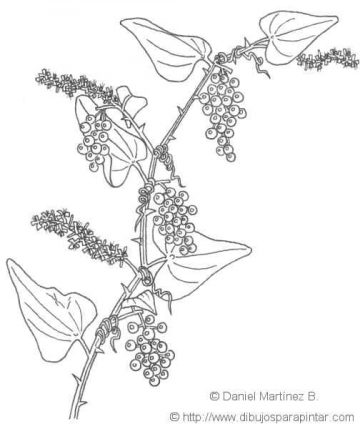
Perennial vine up to 15 m in length. Creeping or climbing stems that grow from a thick rhizome, often provided with thorns.
Leaves alternate, coriaceous, bright green with different shapes (cordiform, oblong, lanceolate or sagittate, always with the heart-shaped base).
Sometimes with spines on the central nerve of the back or on the margins. Petioles provided with climbing tendrils at the base.
Flowers in inflorescences similar to umbels in groups of 6 to 30. The female flowers in other plants than the male (dioecious plant), all of them very small and greenish yellow.
Fruits in reddish berry. Flowers between May and June.
Inside the fruits are 1-2 seeds.
Gathering and edibility of the plant
The fruits of sarsaparilla are toxic.
Its consumption causes vomiting and diarrhea.
It can also cause a high reduction of red blood cells due to the hemolytic properties of saponins.
Components of sarsaparilla
Acids: ascorbic, stearic, linoleic, oleic, palmitic,
Saponins (2%): Smilasaponin, smilagenin, parrillin, sarsasaponin, sarsasapogenin, sarsaparilloside, diosgenin (rhizomes)
Tannins (rhizomes)
Resin (rhizomes)
Essential oil
Choline
Glycosides: sitosterol, epsilon-sitosterol (Rhizomes)
Phytosterols: Betasitosterol, stigmasterol, sitosterol, pollinastanol
Minerals: Aluminum, calcium, chromium, cobalt, phosphorus, iron, magnesium, manganese, potassium, selenium, silicon, sodium, zinc. (Rhizomes)
![]() More information on sarsaparilla
More information on sarsaparilla
25 April, 2025

